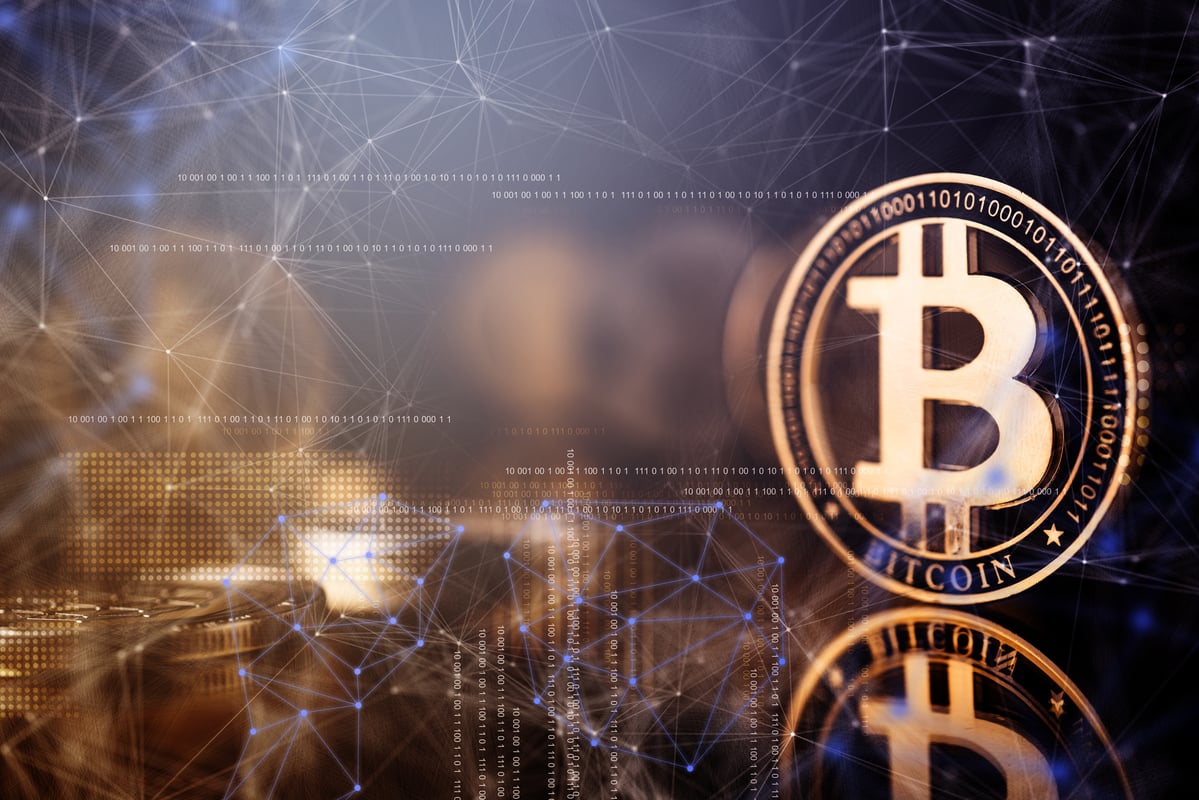The general view among investors might still be that cryptocurrencies are off limits when it comes to allocating capital. However, seeing the huge returns that they can produce might change things. It's best to stay focused on the largest and most established digital assets.
Bitcoin (BTC +1.26%) gets all the attention. It's the oldest and most valuable cryptocurrency, with a market cap of $2.3 trillion (as of Sept. 11). It has soared 991% in the past five years.
The spotlight has been on XRP (XRP 0.37%) in recent times. It's up 493% since the U.S. presidential election last year, as investors have become more bullish about this crypto's prospects in a friendly regulatory environment.
XRP and Bitcoin both have compelling investment cases. But which of these two popular cryptocurrencies is the better buy right now?

Image source: Getty Images.
Aiming to disrupt cross-border payments

CRYPTO: XRP
Key Data Points
XRP is an innovative crypto that allows fast, cheap money transfers across borders. This can be a major improvement from the current system, which is slow and expensive. Banks that partner with XRP can cut down on costs, while providing a better experience for their customers.
If XRP can capture even a small sliver of the total cross-border payment market, which the International Monetary Fund estimates is approaching a gargantuan sum of $1 quadrillion, then the token's price could rise significantly over time. That's because demand for XRP should theoretically grow.
The issue for broader adoption, though, is the crypto's extreme volatility. Here's where stablecoins are better, introducing a major competitive force. So, while XRP's promise is to disrupt international payments, its price performance so far is most likely driven by speculation, rather than real-world adoption.
On the speculation front, the pending approval (expected in October) of spot exchange-traded funds could be a big catalyst. These could bring in a fresh wave of capital from individuals and institutions looking for a hassle-free way to gain exposure to XRP in their portfolios. However, this development might already be reflected in XRP's price in anticipation of a favorable announcement.
Over time, XRP's utility will come into focus. Ultimate success is far from a sure thing. Banks and financial institutions might be testing the waters with this new technology, but they'll be slow to give up the huge money-maker of cross-border payments. Adoption and usage might never take off, and that's the key long-term risk for XRP.
New store of value in the digital age

CRYPTO: BTC
Key Data Points
The best way to view Bitcoin is as a digital version of gold. In other words, it's a new store of value in today's economy. By being decentralized, global, neutral, and censorship-resistant, Bitcoin possesses important properties that make it fit for this role.
But its top quality is the fixed supply. There will only ever be 21 million Bitcoin units in circulation. This is etched in the software, and it's unlikely to ever change, unless the nodes want to undermine the network and crash its value.
Bitcoin's durability and staying power are also worth highlighting. It's been around for nearly 17 years. It's never been hacked. It has tremendous brand recognition and network effects, and there is an expansive ecosystem of products and services being built that support Bitcoin's adoption. This gives me confidence that it will be around for much longer than XRP.
While Bitcoin is so far primarily viewed as an investment vehicle, meaning people buy it to hold instead of to use it for transactions, the bulls hope the future ushers in a new era. This could add substantial upside to the Bitcoin thesis. Innovative work is being done by different companies, most notably Block, to boost the crypto's use in payments settings. Bitcoin's lightning network is also interesting, as the Layer-2 scaling solution can enable fast and cheap transactions.
Bitcoin is the safer choice. XRP's run in the past year has been incredible, to be fair. But when it comes to the best cryptocurrency to buy and hold for the next decade or more, Bitcoin is the winner.





